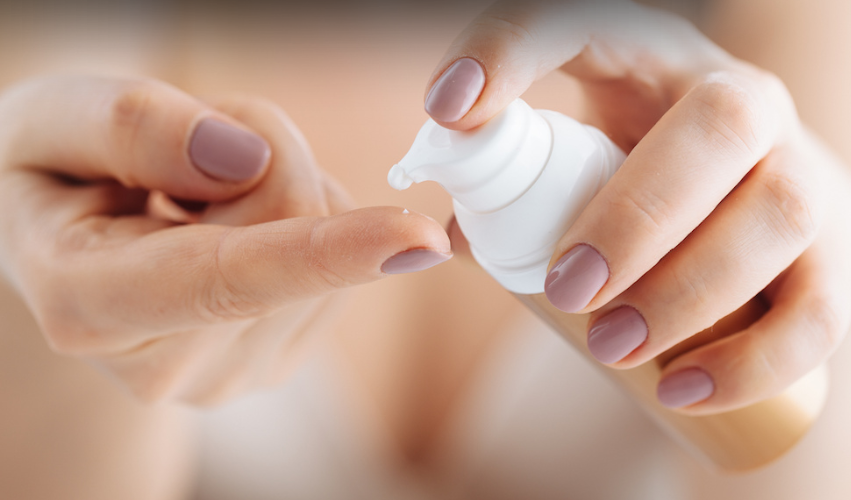Comfort and pleasure are essential parts of any intimate experience, whether shared with a partner or during solo moments. One important tool for enhancing these experiences is the right lubricant. Using personal lubricants correctly not only reduces friction but also contributes to safety and satisfaction.
This guide explains how to choose, use, and maintain lubricants effectively, covering everything from product types to precautions.
Types of Personal Lubricants
Lubricants come in several forms, each designed for specific uses. Understanding the differences can help ensure the best results for any intimate activity.
- Water-Based
- This is the most popular and widely available type. Water-based lubricants are versatile, safe to use with condoms and toys, and easy to clean. They absorb into the skin over time, so reapplication may be necessary during longer sessions.
- Silicone-Based
- Silicone lubricants last longer than water-based ones and are great for extended use or use in water (like in the shower). However, they should not be used with silicone toys, as they may degrade the toy’s material. Silicone lubes are harder to wash off, often needing soap and water.
- Oil-Based
- These offer a thick, long-lasting texture ideal for massages and external play. Oil-based lubricants are not recommended with latex condoms, as they can cause the material to break. They’re also more difficult to clean and may stain fabrics.
Safety Considerations
While lubricants are generally safe, there are several important factors to consider before choosing one:
- Check Ingredients: Avoid lubricants with parabens, glycerin, or artificial fragrances if you're prone to irritation. Glycerin can increase the risk of yeast infections in some individuals.
- Allergy Testing: Perform a patch test before applying a new lubricant to sensitive areas. Apply a small amount on your wrist or forearm and wait 24 hours to check for reactions.
- Condom Compatibility: Always ensure the lubricant is compatible with your condom type. Water- and silicone-based lubricants are safe with latex condoms. Avoid oil-based lubricants unless you're using non-latex protection.
- Storage: Store your lubricant in a cool, dry place with the lid tightly closed. This keeps bacteria out and ensures the product stays fresh and effective.
Final Thoughts
When used correctly, personal lubricants enhance pleasure, reduce discomfort, and promote better intimacy. Whether you prefer water, silicone, or oil-based formulas, the key is choosing a product that matches your needs and sensitivities. Pay attention to ingredients, compatibility, and how your body responds. A thoughtful approach to using lubricants can make every intimate moment more enjoyable and stress-free.
